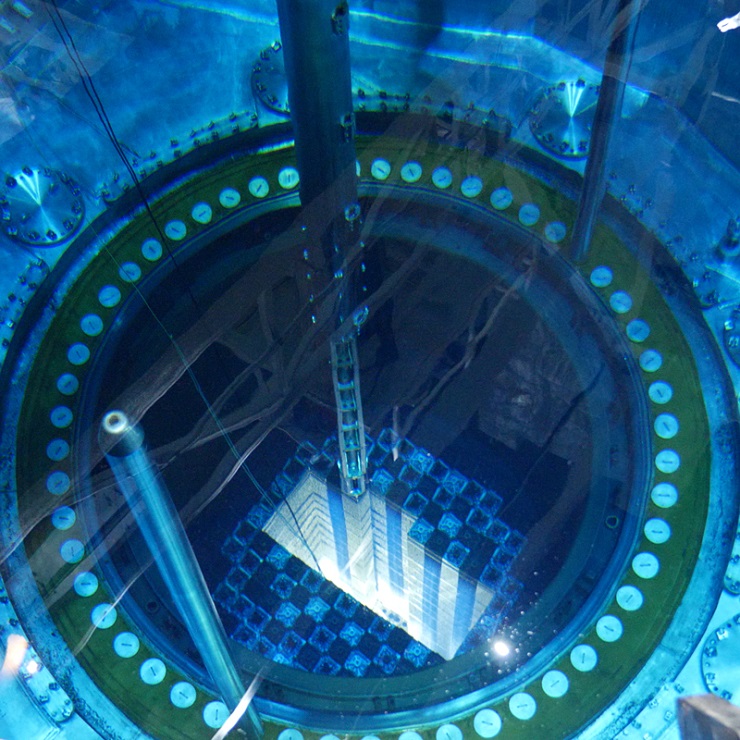Newsroom Archive

If there was ever life on Mars, nuclear technology will help find it. You may recognize nuclear energy as the workhorse of the electric grid, but innovation has made the technology essential for tasks well beyond electricity generation – and beyond our planet, too. NASA says it is on track to meet the schedule dictated by the dance of the planets, and launch its new rover Perseverance sometime between July 17 and August 11.

On June 24, NEI hosted “The State of the Nuclear Energy Industry 2020” virtual event on the future of nuclear energy, carbon-free energy and nuclear policy. The event included remarks from NEI President and CEO Maria Korsnick, as well as a panel discussion with Renewable Energy Buyers Alliance CEO Miranda Ballentine and Union of Concerned Scientists President Ken Kimmell moderated by ClearPath Executive Director Rich Powell, and an interview with Senator Joe Manchin (D-W.V.) conducted by Bipartisan Policy Center Founder and President Jason Grumet.











